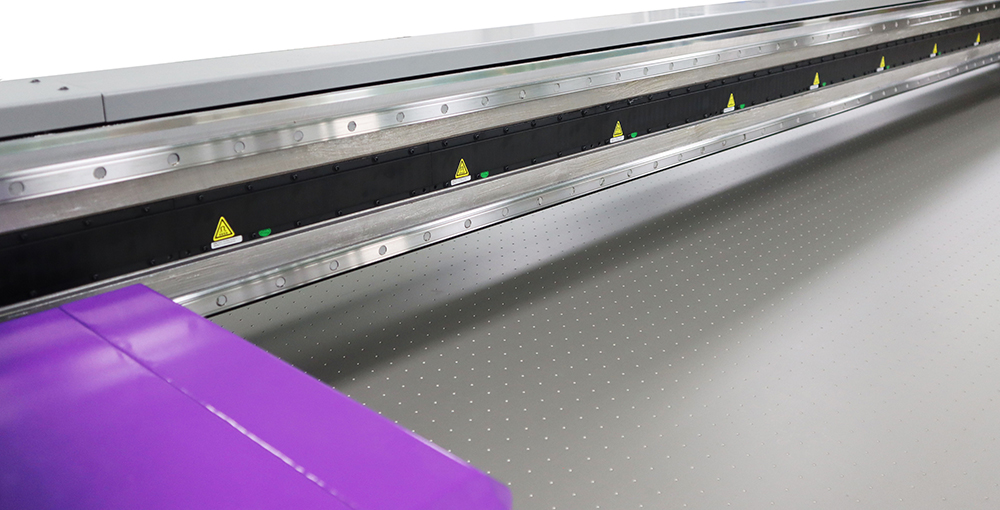UV Flatbed Printer: Managing Printing Costs and Budgets
Picture this: You’re a small business owner, a creative professional, or someone running a print shop, and you’ve just invested in a UV flatbed printer. These machines are game-changers for printing on diverse materials like wood, glass, acrylic, and metal, offering vibrant colors and long-lasting durability. But now that you’ve got this powerful tool, how do you ensure it works efficiently without breaking the bank? Managing printing costs and budgets effectively is crucial, whether you’re printing promotional materials, signs, or personalized gifts. Let’s explore some practical strategies to help you keep your expenses in check while maximizing your printer’s potential.

Understanding the Costs Involved
Before diving into cost-saving tips, it’s essential to understand where your money goes when using a UV flatbed printer. Initial costs include the printer itself, which can vary based on size and features. Beyond that, ongoing expenses include ink, maintenance, substrates (the materials you print on), and labor. Ink, in particular, can be a significant expense, as UV printers use specialized inks that cure under UV light. Substrate costs depend on the material and quantity you purchase. Maintenance, such as cleaning the print heads and replacing parts, also adds up over time. By identifying these costs, you can better strategize on how to manage them.
Choosing the Right Substrates
One of the simplest ways to manage costs is by selecting the right substrates. Not all materials are created equal, and some may be more cost-effective than others for your specific needs. For instance, if you’re printing signs, consider using corrugated plastic or PVC instead of more expensive materials like aluminum or glass. These alternatives can provide similar durability and visual appeal at a fraction of the cost. Additionally, buying substrates in bulk can often lead to discounts, reducing your overall material expenses. Always research and test different substrates to find the best balance between quality and cost.
Optimizing Ink Usage
Ink is a major expense in UV printing, so optimizing its usage is crucial. Start by calibrating your printer regularly to ensure accurate color reproduction and minimal waste. Misaligned print heads can lead to ink smudging or overuse, driving up costs. Another strategy is to use high-quality, but not necessarily the most expensive, inks that are compatible with your printer. Some manufacturers offer more affordable ink options that still deliver excellent results. Additionally, consider the design of your prints. Simple designs with fewer colors will use less ink compared to complex, multi-colored graphics. By being mindful of ink usage, you can significantly reduce your printing costs.
Efficient File Preparation
How you prepare your files for printing can also impact costs. Ensure your designs are optimized for printing by using the correct color modes (CMYK instead of RGB), high-resolution images, and proper file formats (PDF, TIFF, or EPS). Avoid last-minute changes or reprints due to file errors, as this can waste ink, substrates, and time. Investing time in file preparation upfront can save you money in the long run.
Scheduling and Batch Printing
Running your printer efficiently involves smart scheduling and batch printing. Instead of printing one item at a time, group similar jobs together to minimize setup times and reduce ink and substrate waste. For example, if you have multiple orders for the same substrate, print them consecutively to streamline the process. Additionally, consider off-peak printing when electricity rates are lower, further reducing operational costs.
Regular Maintenance and Training
A well-maintained printer operates more efficiently, reducing the likelihood of costly repairs or replacements. Follow the manufacturer’s guidelines for routine maintenance, such as cleaning print heads, replacing worn parts, and updating firmware. Investing in proper training for your staff ensures they operate the printer correctly, avoiding mistakes that could lead to waste. Many manufacturers offer training programs or online resources to help you get the most out of your equipment. By keeping your printer in top shape and your team well-trained, you can minimize downtime and unexpected expenses.
Conclusion
Managing printing costs and budgets with a UV flatbed printer requires a combination of smart substrate choices, ink optimization, efficient file preparation, and regular maintenance. By implementing these strategies, you can ensure your printer remains a valuable asset without draining your finances. Remember, every dollar saved on printing costs is a dollar earned in profit.
